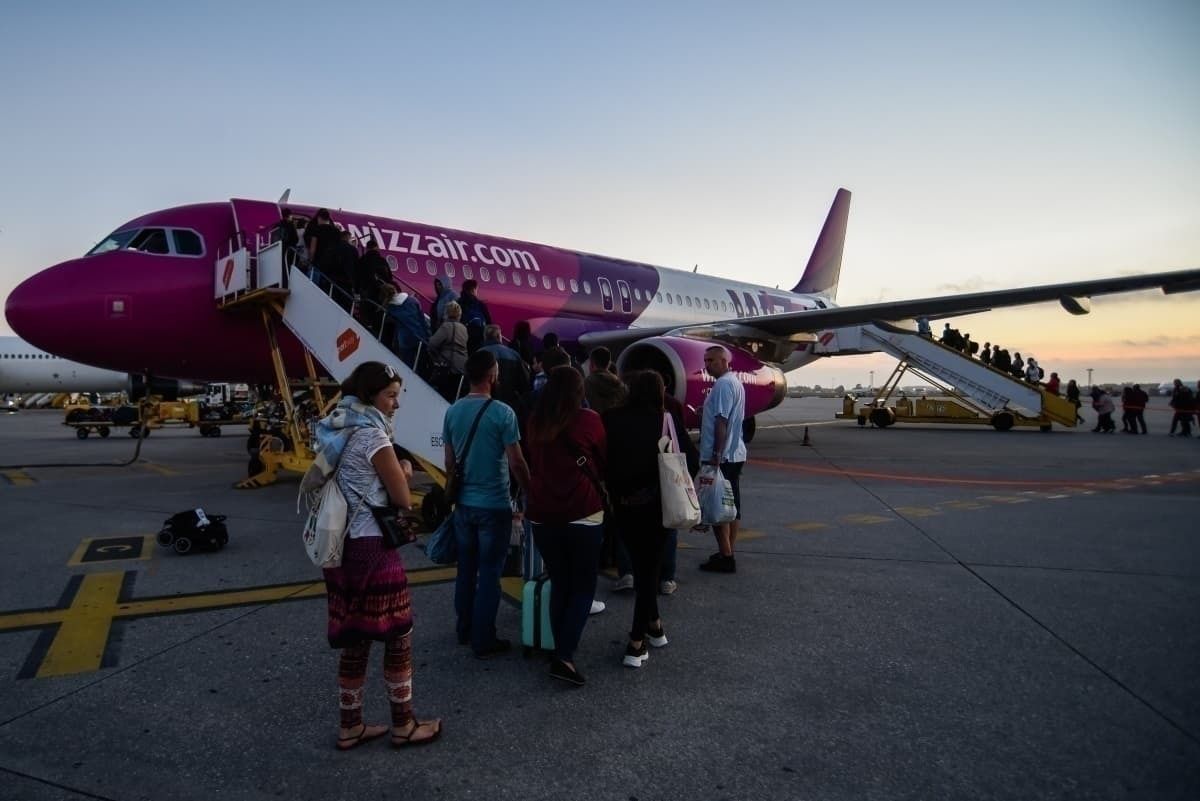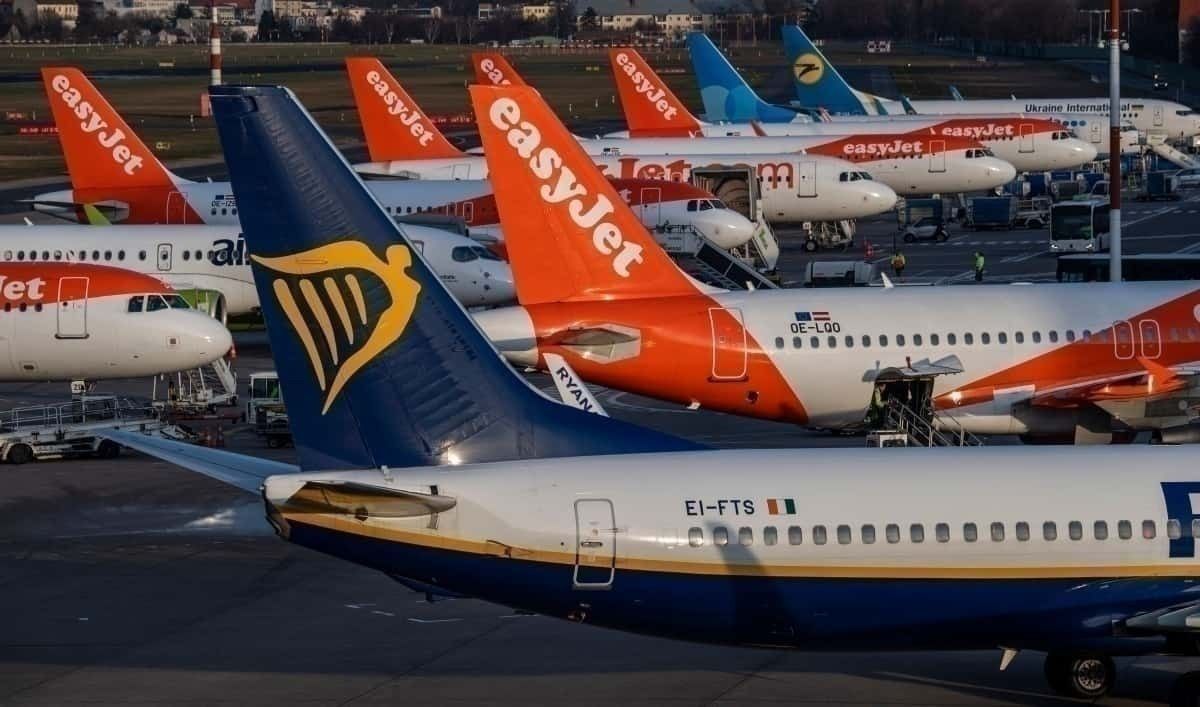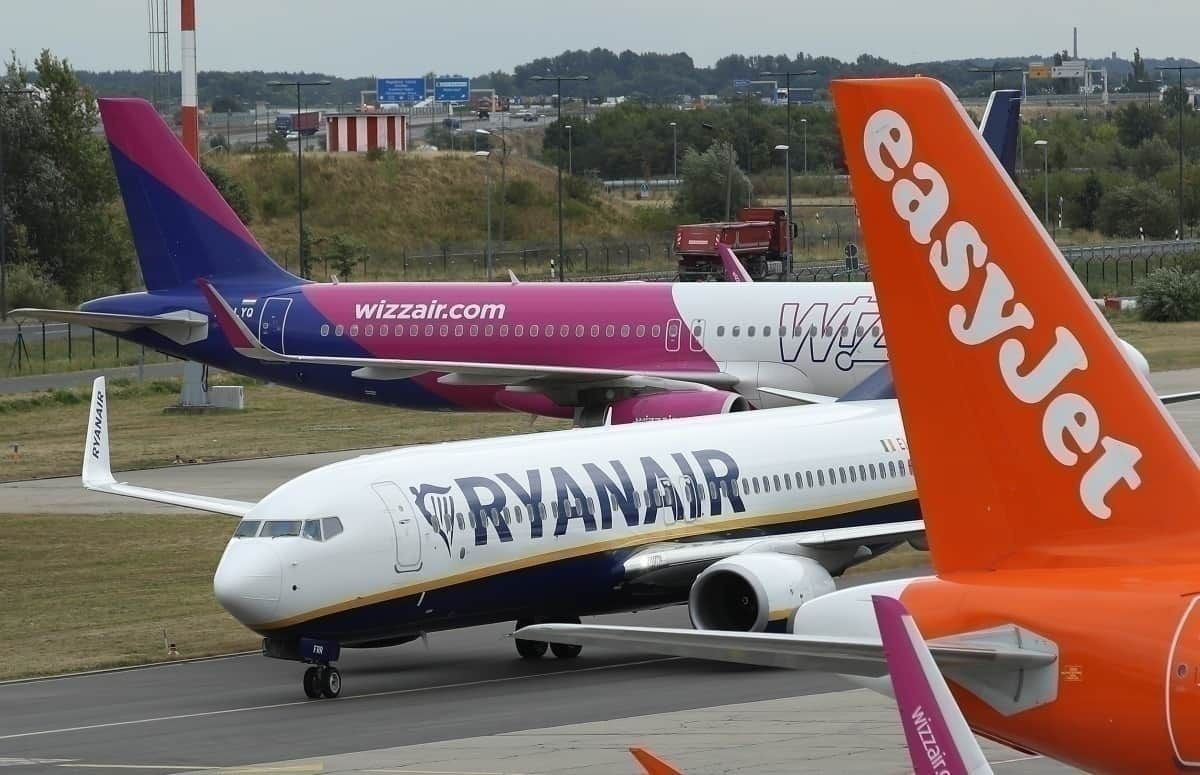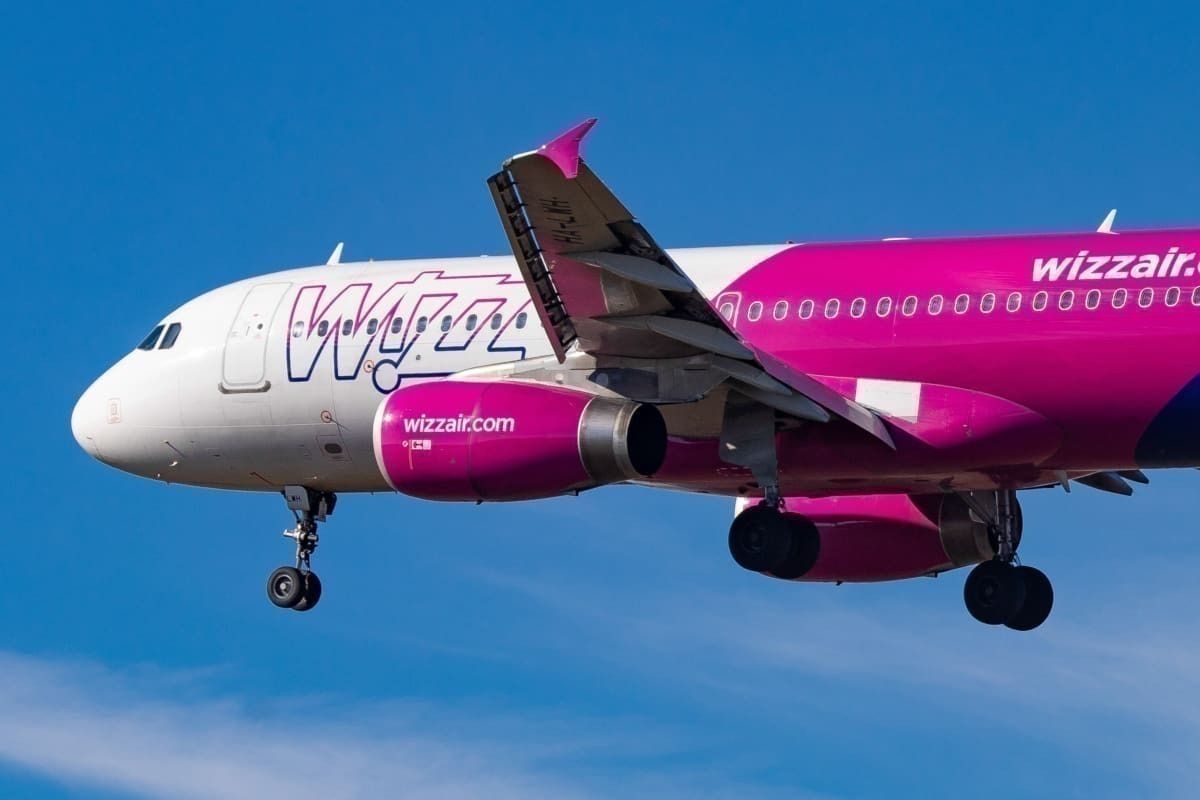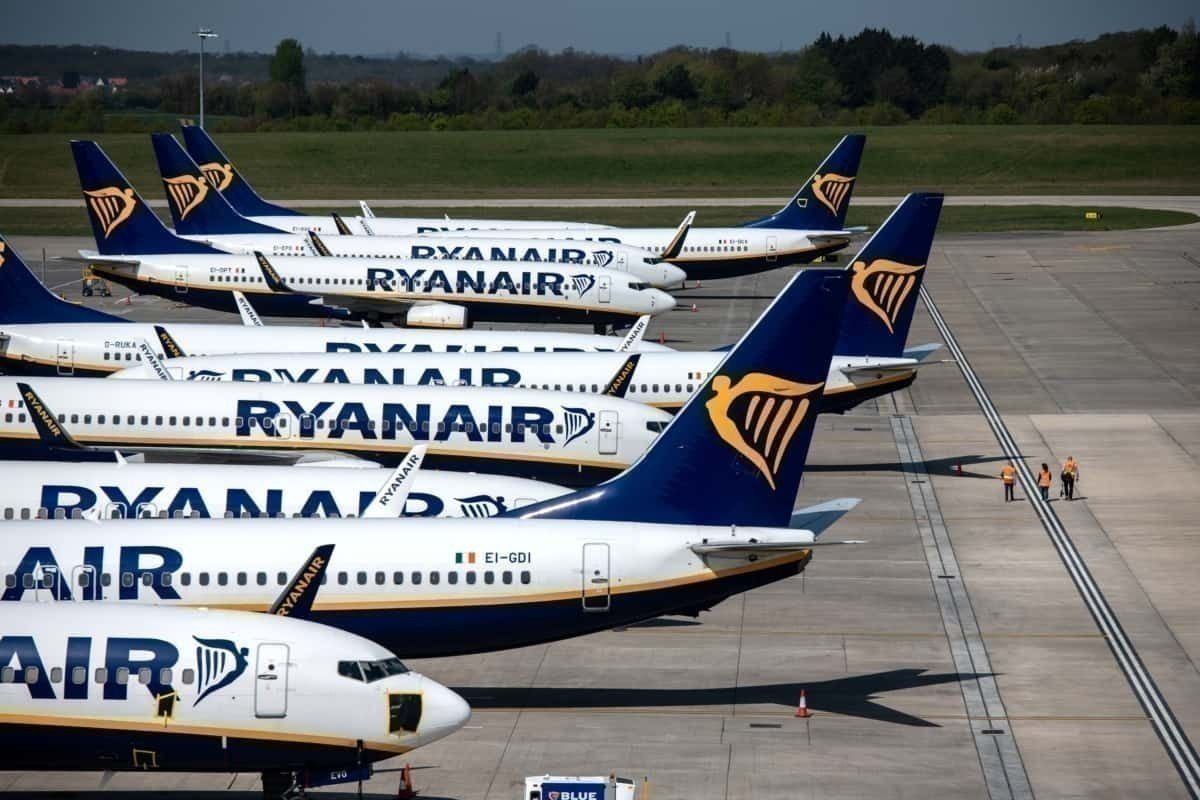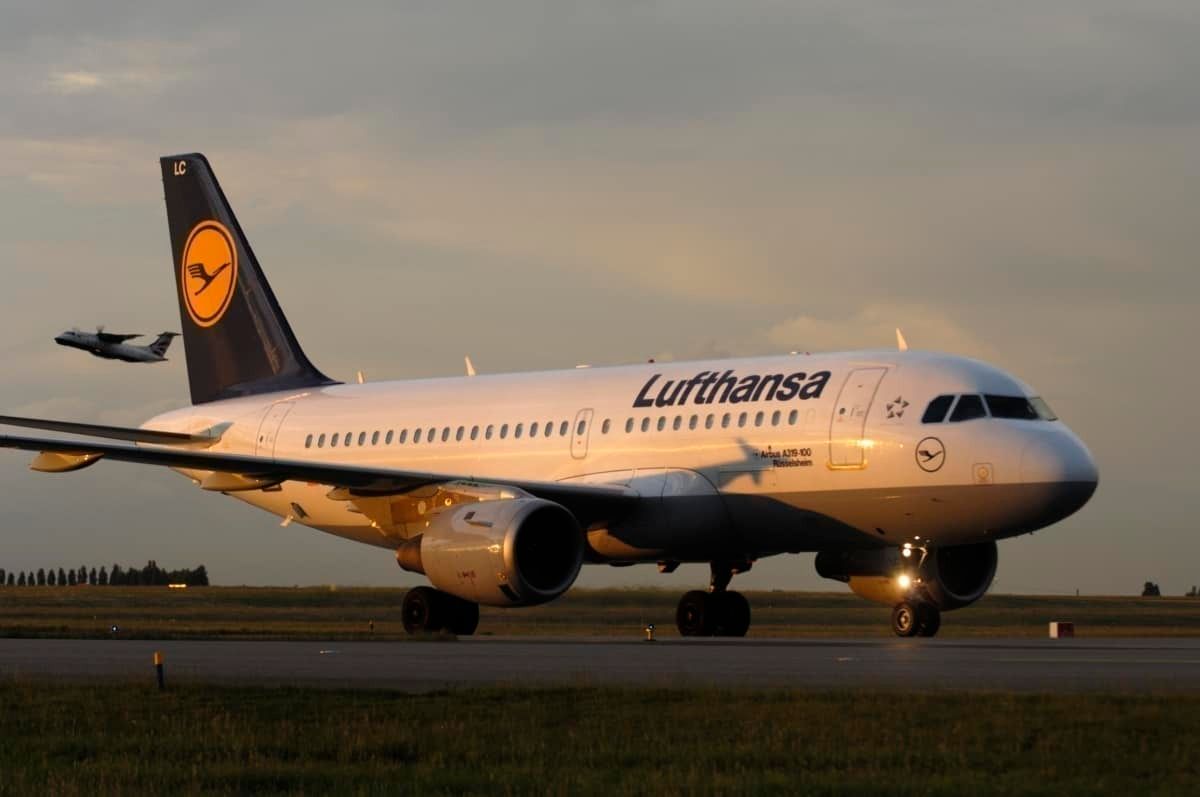COVID-19 recovery does not look the same for all airlines. Over the past few months, certain European carriers have been ramping up services faster than others. So, what dictates a successful recovery, and who is doing it well?
Recovery does not look the same for every airline
According to data published on Twitter by the Director-General of Eurocontrol, some of the world's airlines have been recovering at different rates as they resume services. Eurocontrol, which is dedicated to supporting European aviation through data and expertise, shared an infographic earlier today in which it is possible to identify individual carriers in a better position of recovery.
Stay informed: Sign up for our daily aviation news digest.
The data tracks airlines' flight numbers increases in a seven-day rolling average between June 1st and August 6th. It also presents a percentage change, demonstrating just how well these carriers are recovering their capacity day by day in comparison to the year before.
The results highlight the difference in strategy for COVID-19 recovery. What's often brought up are discussions surrounding when airlines will recover. Though the 'how' of the matter may be discussed, blanket statements sweep over the aviation industry. Airlines will recover capacity. However, the crux of the matter is that recovery does not look the same for all those involved.
Why are some airlines recovering quicker than others?
Many variants determine the success of an airline at the best of times, not to mention during a global pandemic. However, a lot of it has to do with liquidity. The more profit the airline was able to make and save during good times will determine how well they can grow when it matters.
Alternatively, some carriers have recently benefitted from the financial advantage of government bailouts. These loans, though often containing restrictions, will allow some airlines the mobility to pay back their debt, cut costs and enhance their offering.
With healthy cash flow, airlines can be strategic about what they do with their funds. By predicting summer demand, Europe's carriers can increase flight frequencies and add new routes to seasonal destinations. As borders open and restrictions ease, its a good idea to offer flights to popular locations that suit the needs of the passenger.
In addition to these factors, other success driving decisions could include:
- how safe passengers feel flying with a particular airline;
- whether they will receive a refund if plans change;
- the cost-effectiveness of the flight.
Which airlines are recovering well?
According to Eurocontrol's statistics, numerous airlines have drastically improved their offering since the start of June to the present. Among those that have prospered is Wizz Air. It's been able to increase its passenger numbers by over 260% between June and July. Last month, it carried more than 1.8m passengers compared to just over 500,000 in June. Its July figures are hopeful although they are still around 50% lower than figures for July 2019.
To secure its success, Wizz Air has been heavily active in the development of new routes. The airline reported strong liquidity during the pandemic and, at the end of June, was fulfilling 70% of its scheduled capacity. It hopes to finish the end of the third quarter of 2020 with €1.6bn ($1.9bn) in funds.
What's more, it's also been able to launch its new Middle Eastern arm Wizz Air Abu Dhabi, and has started a celebrity endorsement marketing campaign to entice travelers back. Most significant, however, it the amount of energy it has poured into new routes. Over 200 new services were added to its schedule between April and June 2020, and the airline also saw an uptake in seat bookings.
Despite that, Wizz is still cautious about the future. It lost 92.2% in ticket revenue for the second quarter of 2020, amounting to an overall revenue loss of just shy of €108m ($125.8m). Recovery in terms of flight resumptions is going well; however, the financial side depends on the future ramifications of virus transmission.
Ryanair also doing well
According to Eurocontrol, Ryanair has drastically increased its volume of flights since June. The Irish airline, like Hungarian Wizz, also had the benefit of a significant financial cushion. With €4.1bn in the bank back in May, it claimed to have one of the strongest balance sheets in the industry.
With its fortunate status, it was also able to increase flight frequencies soon after the lockdown ended and launched many new and profitable routes in July. This included adding 30 summer routes from Bristol Airport to countries, including Greece, Italy, and Spain.
It also said in July that it had increased its services to 40% of its regular scheduled operation. What's more, it's doubled its daily flight capacity, from 1,000 flights flown per day at the start of July to 2,000 daily flights at the beginning of August. Its load factor continues to sit high at 72%.
Lufthansa growth stagnates
While the likes of Wizz Air and Ryanair have continued to steadily grow in capacity week on week, Lufthansa appears to be firmly rooted. Its flight capacity has increased little since July 14th though it had initially experienced growth sooner than Ryanair.
In the second quarter, it brought in 96% less revenue across its network airlines than the same period in 2019. Its second interim report also shows that it carried 66% fewer passengers in the first half of 2020 than the same period the previous year.
That said, Lufthansa is hopeful that its operation will return in the coming months. It forecasts that around 90% of its short to medium-haul services will return by October and 70% of its long-haul network on top of that.
But, how will that growth continue? Will these same airlines make a full recovery sooner, or will it all change?
Have your say in the comments.Â

